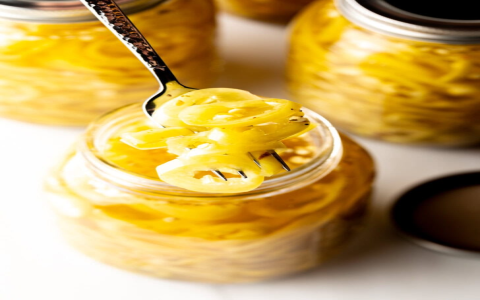Canning Recipe for Banana Peppers: A Comprehensive Guide
Introduction
Canning is an age-old method of preserving food, allowing it to be stored for extended periods without refrigeration. Among the various vegetables that can be canned, banana peppers stand out for their vibrant color, tangy flavor, and versatility in culinary applications. This article aims to provide a comprehensive guide to canning banana peppers, covering the history, benefits, preparation, and recipe. By the end of this article, readers will have a thorough understanding of the process and be equipped to preserve their own batch of banana peppers.
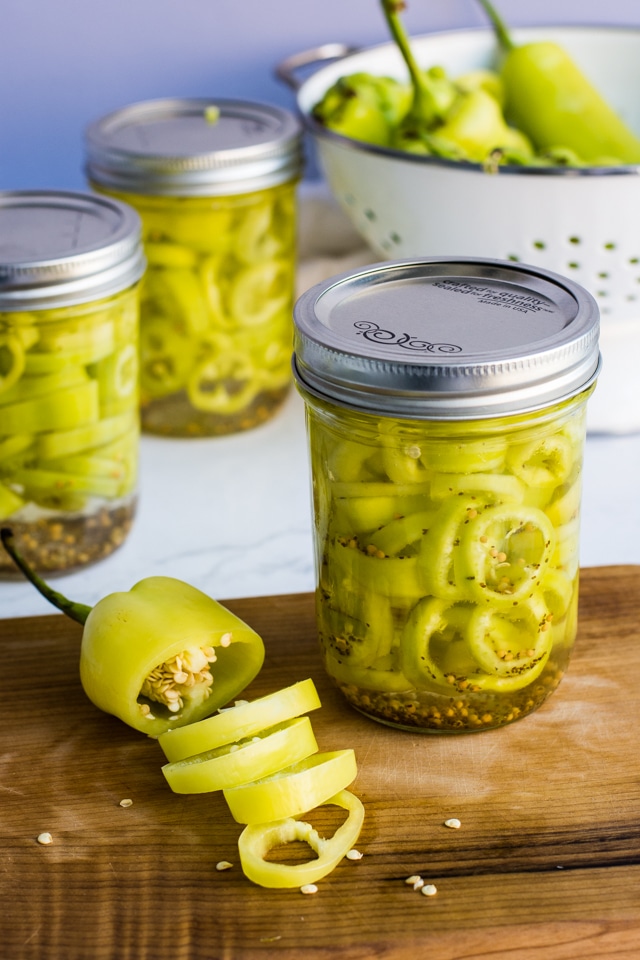
History of Canning
The art of canning dates back to ancient times when food preservation was crucial for survival. However, it was not until the 19th century that the process was revolutionized by the invention of the canning jar and the development of a reliable method for sterilizing the containers. In the United States, the canning industry boomed during the Civil War, as it provided a safe and efficient way to preserve food for soldiers on the battlefield.
Benefits of Canning Banana Peppers
Canning banana peppers offers numerous benefits, making it a popular choice among home canners. Some of the key advantages include:
1. Extended Shelf Life
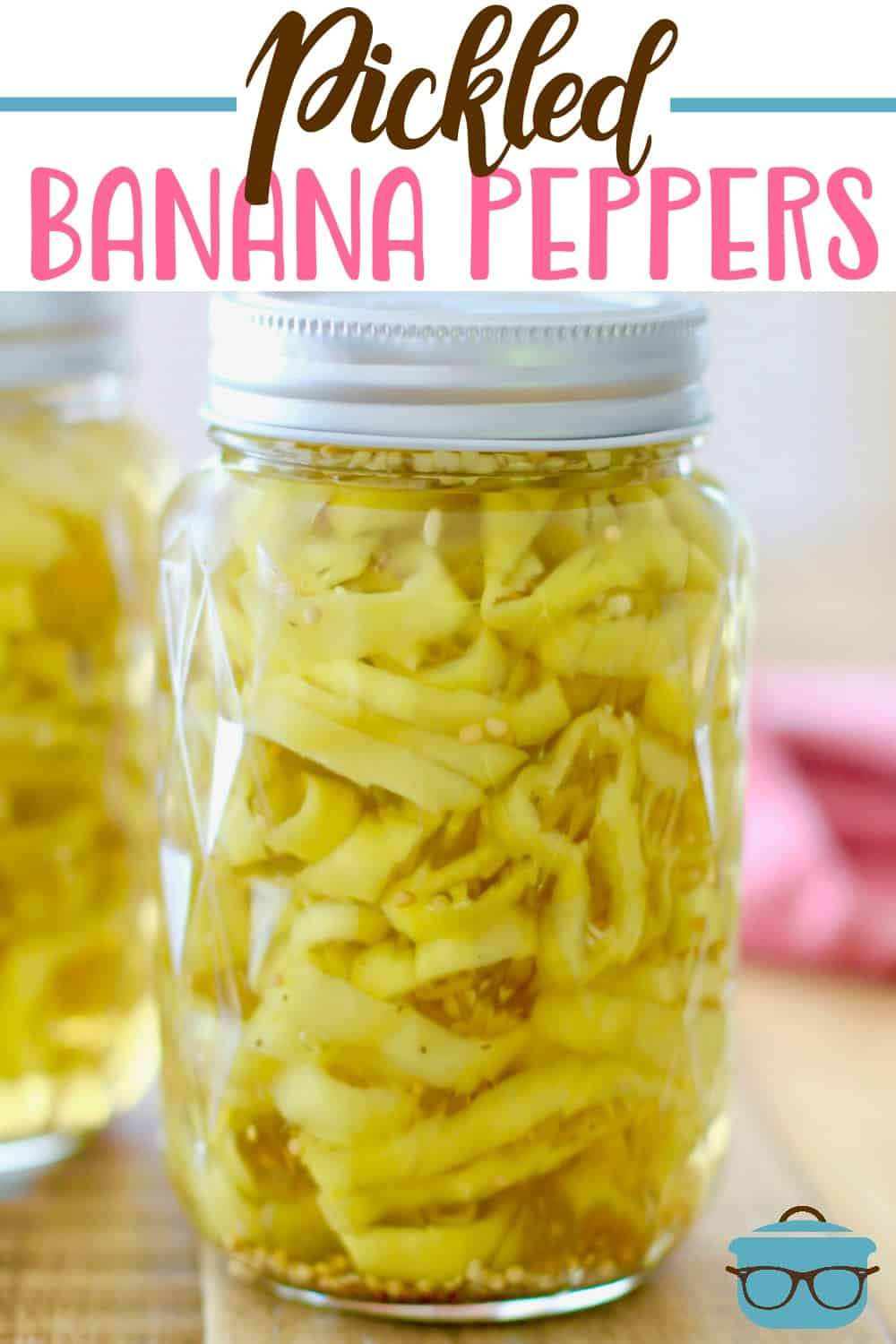
Canning preserves the nutritional value and flavor of banana peppers, extending their shelf life to several years when stored properly. This makes it convenient for home canners to enjoy their favorite peppers throughout the year.
2. Cost-Effective
Canning your own banana peppers can be a cost-effective alternative to purchasing them from the store. By growing your own peppers or sourcing them at a discounted price, you can save money while enjoying the satisfaction of home preservation.
3. Versatility
Canned banana peppers can be used in a variety of recipes, including salads, sandwiches, soups, and stews. Their tangy flavor adds a delightful kick to any dish, making them a versatile ingredient in the kitchen.
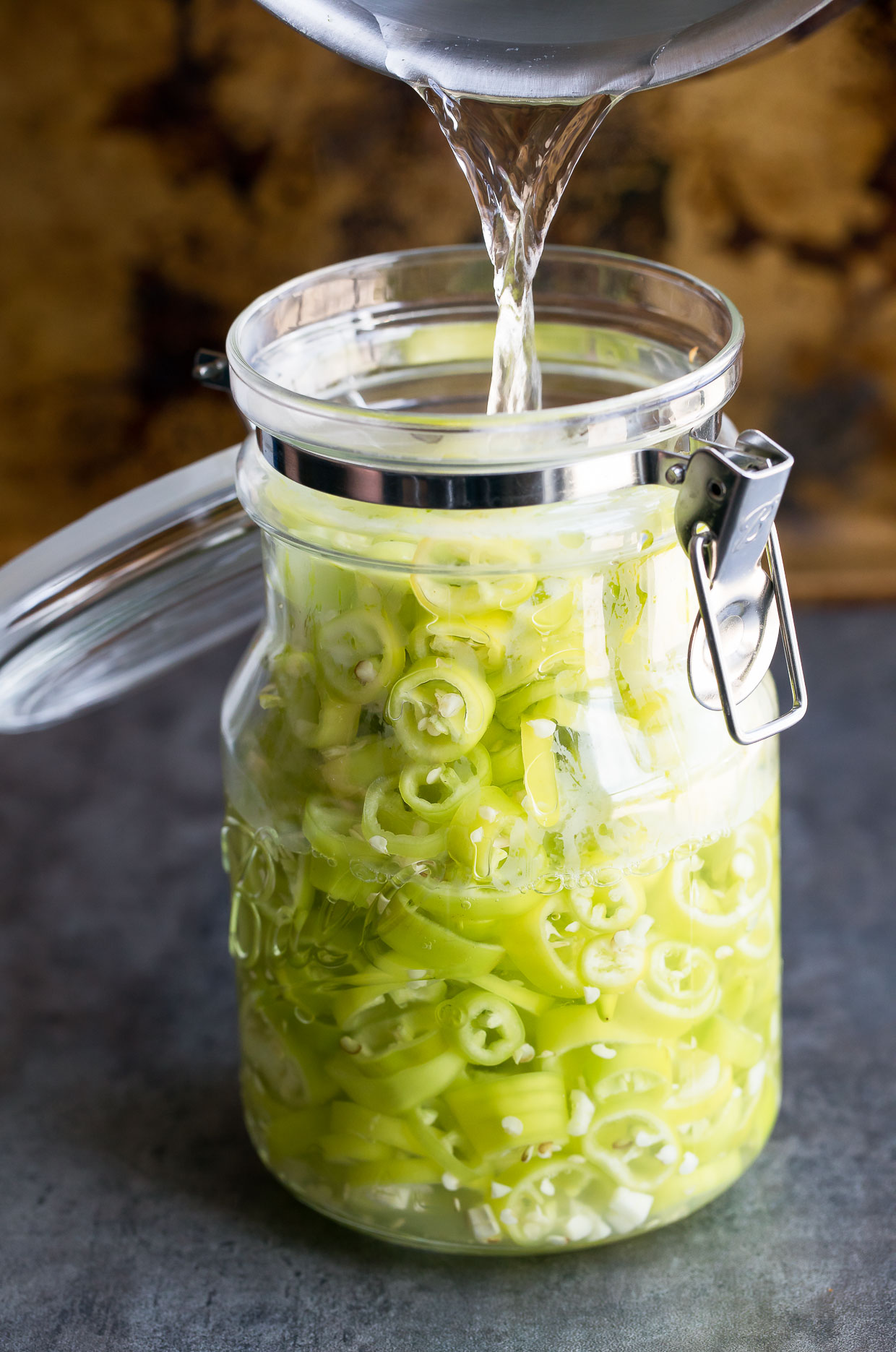
Preparation
Before diving into the canning recipe, it is essential to gather the necessary equipment and ingredients. Here’s a list of items you will need:
Equipment
– Canning jars (quart or pint size)
– Lids and bands
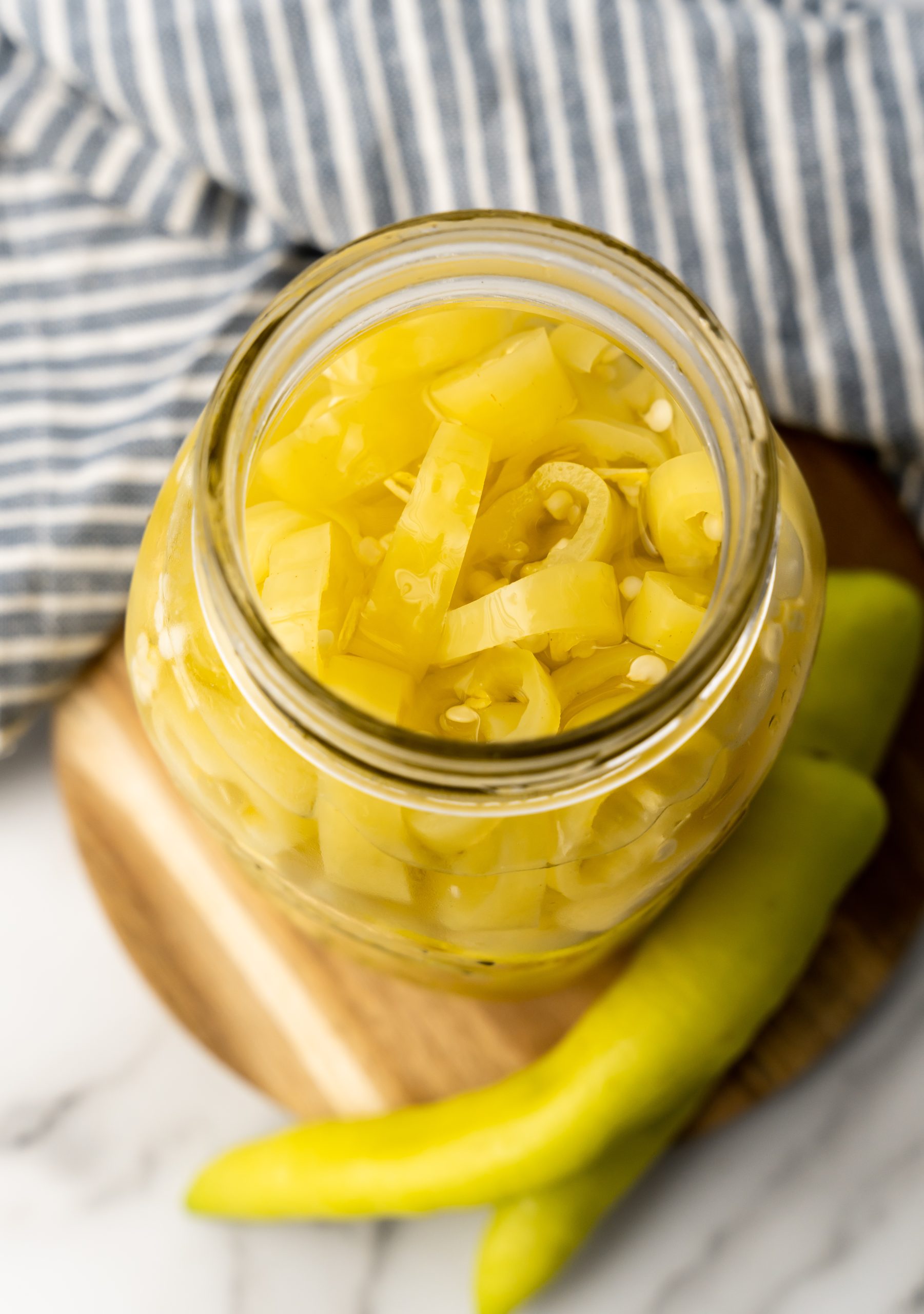
– Jar lifter
– Funnel
– Ladle
– Stockpot or canner
– Tongs
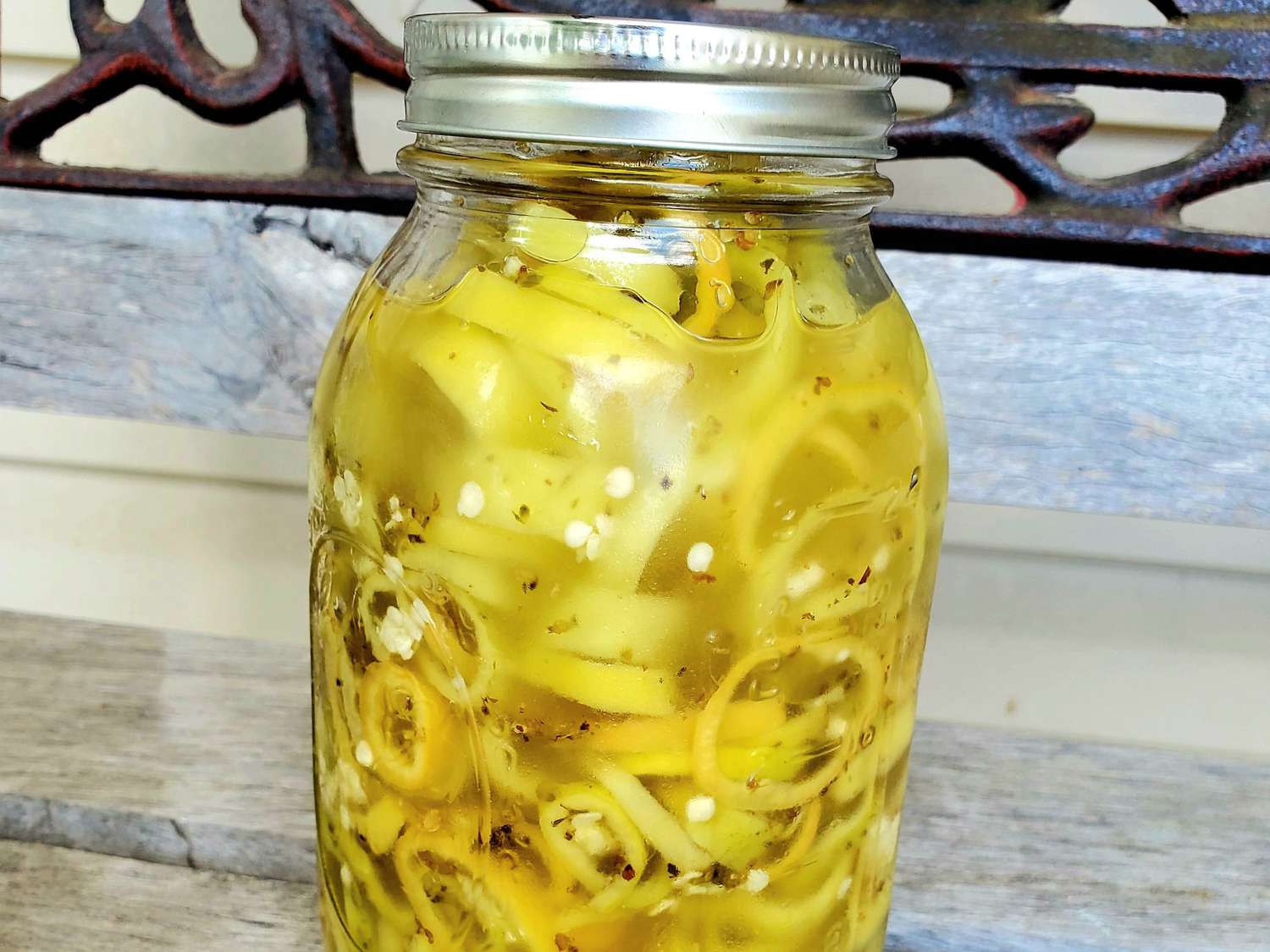
– Can opener
Ingredients
– Fresh banana peppers
– Vinegar (5% acidity)
– Water
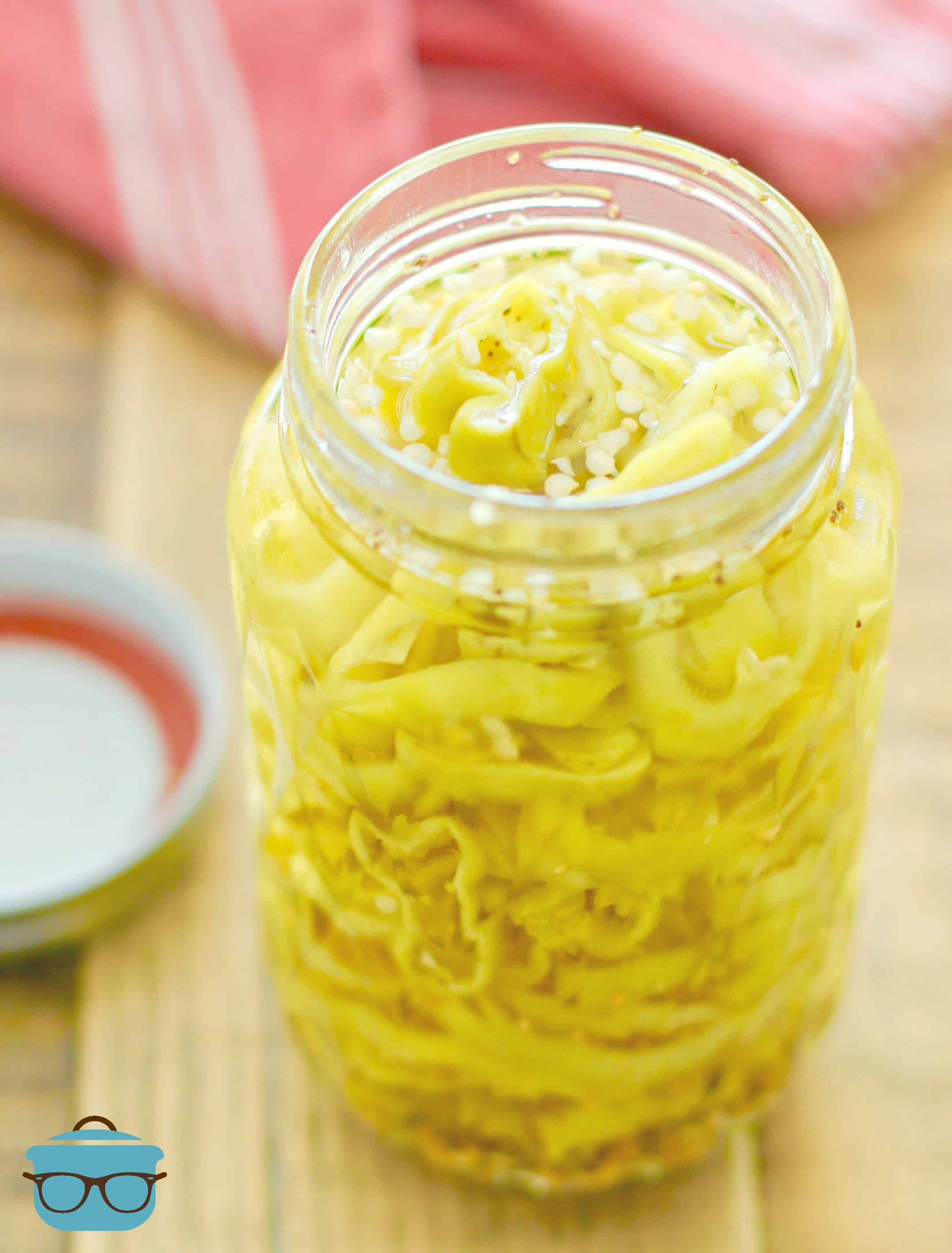
– Salt (optional)
Canning Recipe for Banana Peppers
Step 1: Prepare the Peppers
Start by washing the banana peppers thoroughly under running water. Remove the stems and seeds, as desired. You can leave the peppers whole or slice them into rings or strips, depending on your preference.
Step 2: Prepare the Canning Jars
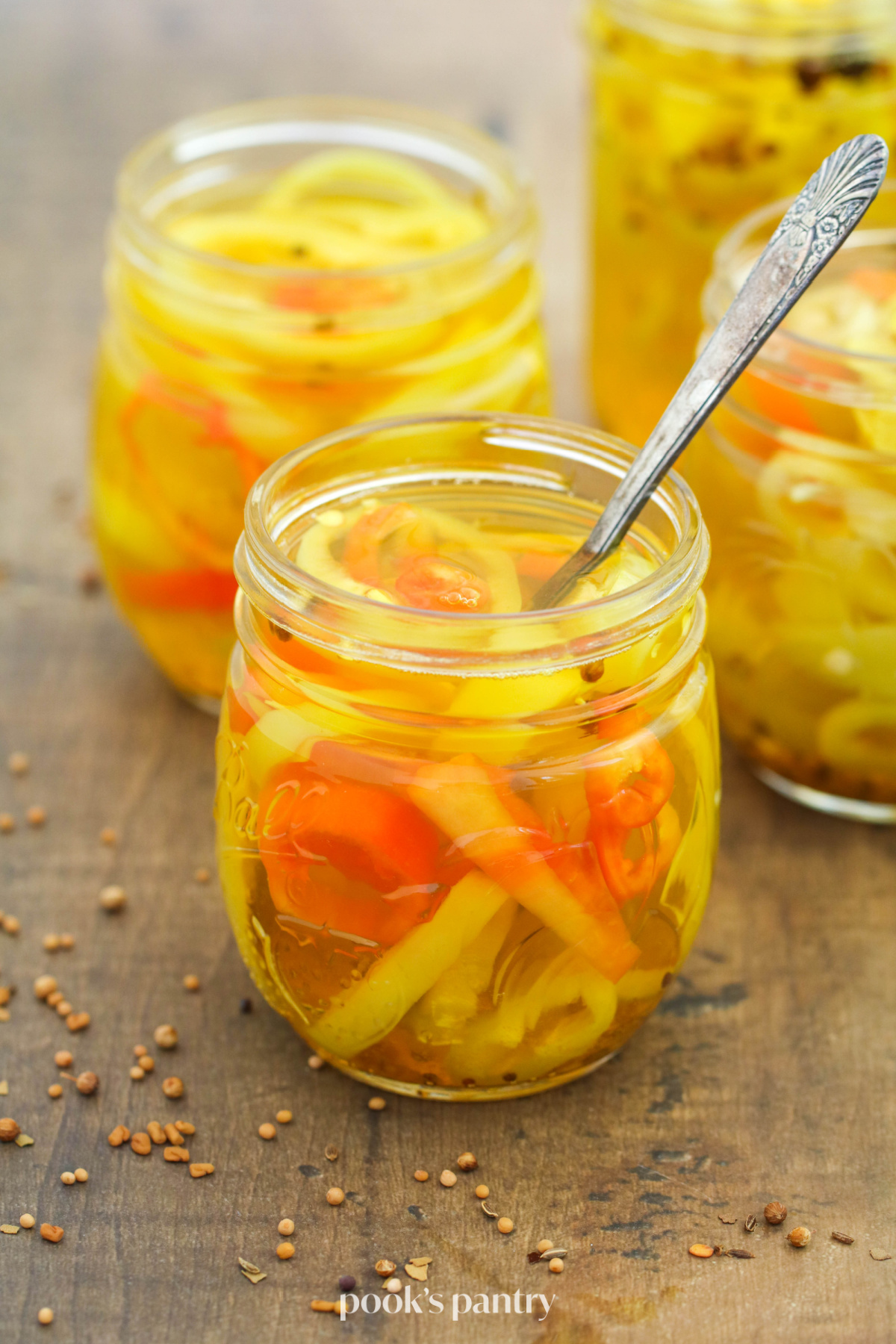
Sterilize the canning jars, lids, and bands by boiling them in a stockpot or canner for 10 minutes. This ensures that there are no contaminants that could spoil the peppers during the canning process.
Step 3: Prepare the Canning Solution
Combine vinegar, water, and salt (if desired) in a separate pot and bring to a boil. This solution will be used to process the peppers in the jars.
Step 4: Pack the Jars
Fill the sterilized jars with the prepared banana peppers, leaving 1/2 inch headspace at the top. Pour the boiling canning solution over the peppers, ensuring that they are fully submerged.
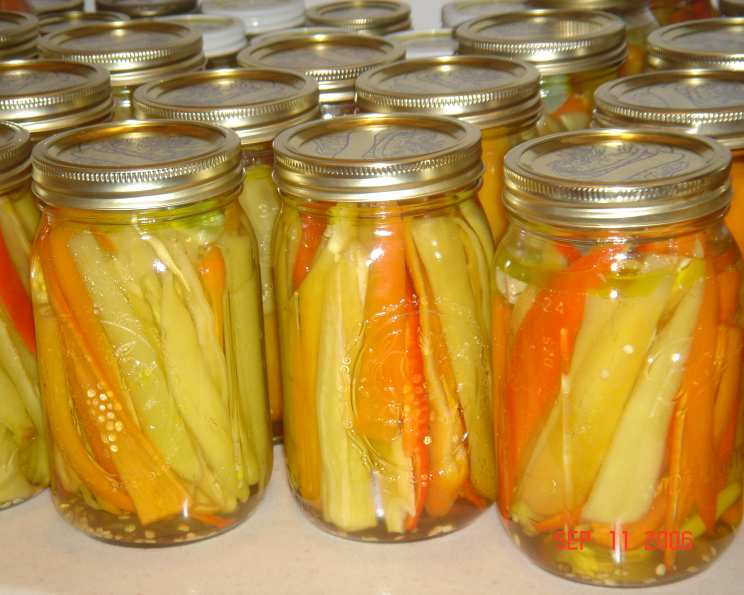
Step 5: Process the Jars
Place the filled jars in the canner and process them for 15 minutes at 15 pounds of pressure (adjust for altitude). This step ensures that the peppers are properly sterilized and sealed.
Step 6: Cool and Store
Remove the jars from the canner and let them cool on a towel or countertop. Once cool, check the seals by pressing on the lids. If they are concave and do not move, the jars are properly sealed. Store the canned banana peppers in a cool, dark place for up to three years.
Conclusion
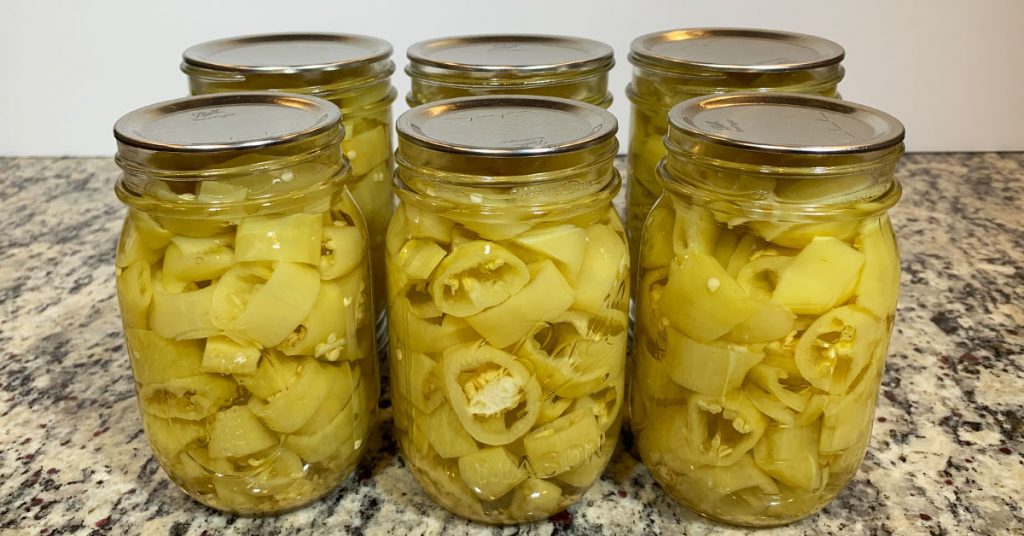
Canning banana peppers is a rewarding and cost-effective way to preserve this flavorful vegetable. By following this comprehensive guide, home canners can enjoy the convenience and versatility of canned banana peppers throughout the year. Whether you’re a seasoned canner or new to the process, this recipe will help you create delicious, preserved peppers that can be used in a variety of recipes.


